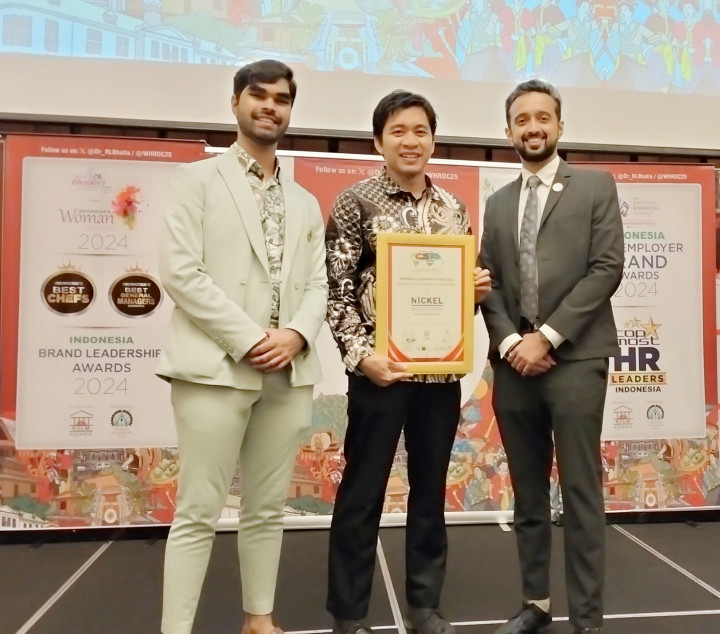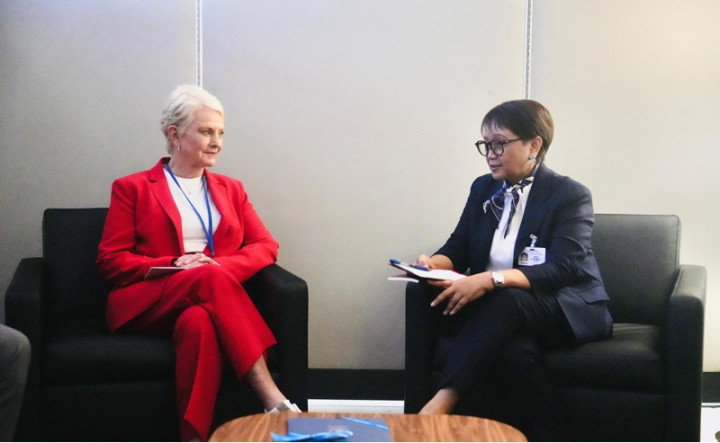Geneva: Women in the health and care sector face a larger gender pay gap than in other economic sectors, earning on average of 24 per cent less than peers who are men, according to a new joint report by the International Labour Organization (ILO) and the World Health Organization (WHO).
The gender pay gap in the health and care sector: A global analysis in the time of COVID-19 , the world’s most comprehensive analysis on gender pay inequities in health, finds a raw gender pay gap of approximately 20 percentage points, which jumps to 24 percentage points when accounting for factors such as age, education and working time. This highlights that women are underpaid for their labour market attributes when compared to men.
Much of the wage gap is unexplained, perhaps due to discrimination towards women – who account for 67 per cent of health and care workers worldwide. The report also finds that that wages in the health and care sector tend to be lower overall, when compared with other economic sectors. This is consistent with the finding that wages are often lower in economic sectors where women are predominant.
"We cannot have better-quality health and care services without better and fairer working conditions, including fairer wages, for health and care workers, the majority of whom are women," Manuela Tomei, ILO's Director of the Conditions of Work and Equality Department, said in a press release on Wednesday.
The report finds that, even with the COVID-19 pandemic and the crucial role played by health and care workers, there were only marginal improvements in pay equality between 2019 and 2020.
It also finds a wide variation in gender pay gaps in different countries, suggesting that pay gaps in the sector are not inevitable and that more can be done to close these gaps. Within countries, gender pay gaps tend to be wider in higher pay categories, where men are over-represented. Women are over-represented in the lower pay categories.
Mothers working in the health and care sector appear to suffer additional penalties. During a woman’s reproductive years, employment and gender pay gaps in the sector significantly increase. These gaps then persist throughout the rest of a woman’s working life. The report observes that a more equitable sharing of family duties between men and women could, in many instances, lead to women making different occupational choices.
"Women comprise the majority of workers in the health and care sector, yet in far too many countries systemic biases are resulting in pernicious pay penalties against them. The evidence and analysis in this ground-breaking report must inform governments, employers and workers to take effective action," Jim Campbell, WHO Director of Health Workforce.
Cek Berita dan Artikel yang lain di Google News
FOLLOW US
Ikuti media sosial medcom.id dan dapatkan berbagai keuntungan



















